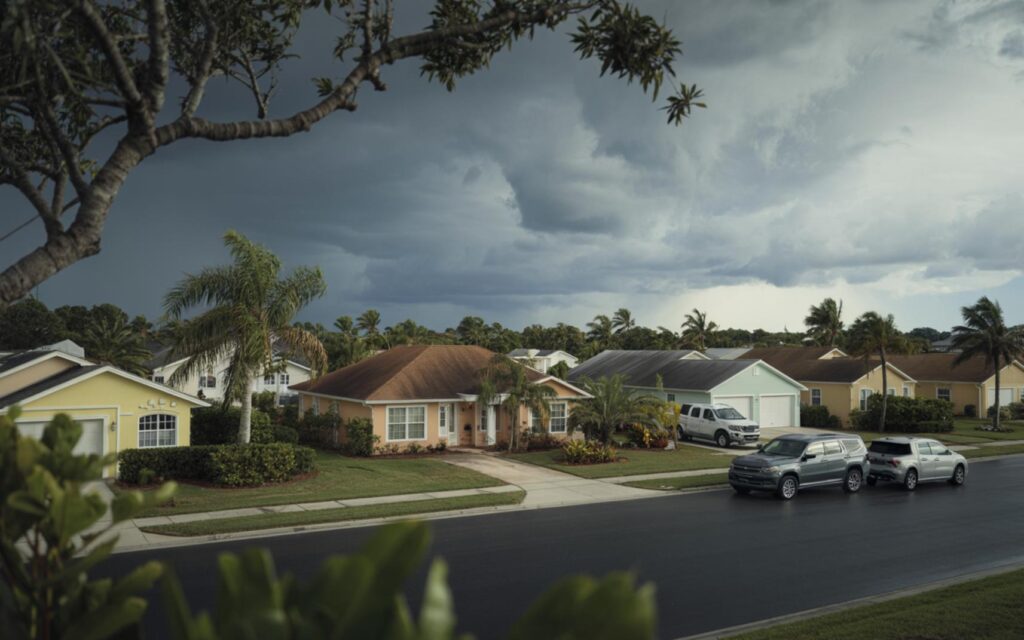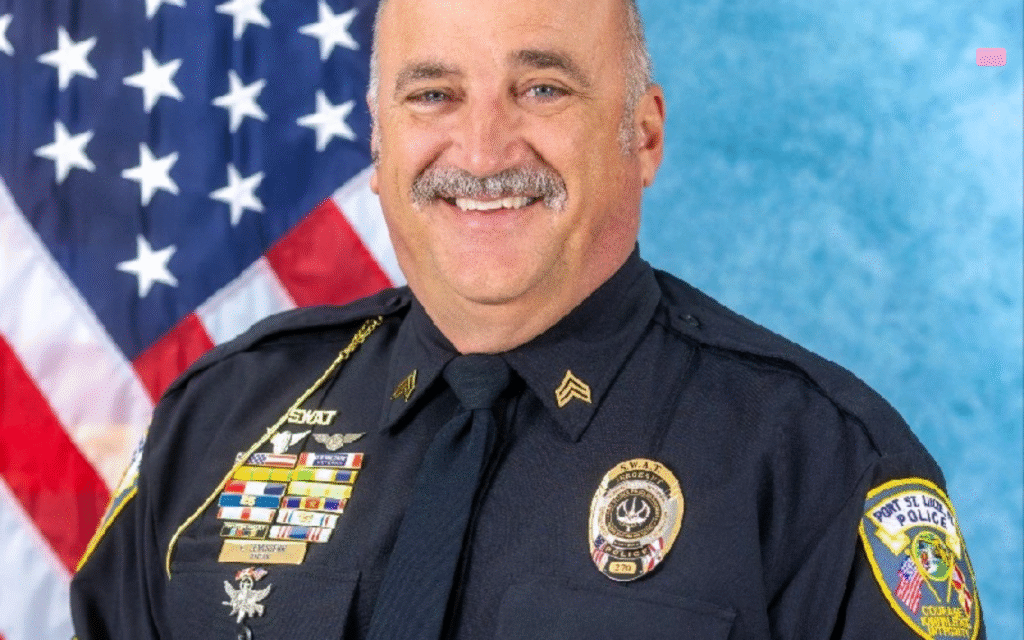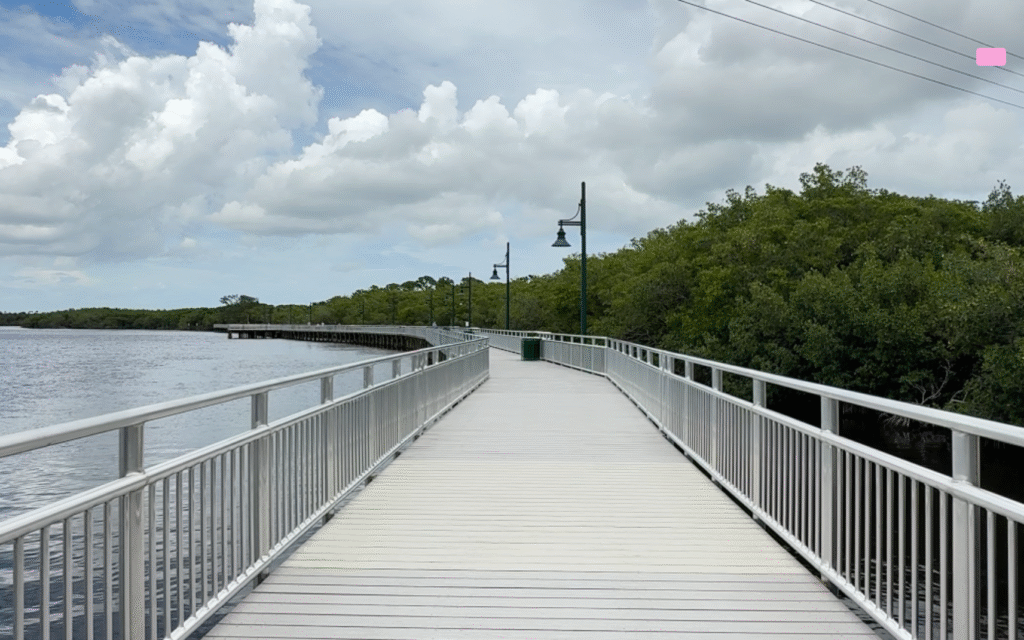Hurricane Melissa, the strongest hurricane of the 2025 Atlantic season, reached Category 5 intensity and caused widespread devastation across the Caribbean, with Jamaica and Haiti suffering the most severe impacts. The hurricane’s record-breaking strength and catastrophic rainfall have drawn attention to the increasing risks posed by climate change in the region.
Hurricane Melissa’s Path and Intensity
Hurricane Melissa began as a tropical storm before undergoing two periods of rapid intensification, first reaching Category 4 and then Category 5 status. The storm reached maximum sustained winds near 160 mph (approximately 260 km/h) and a minimum central pressure of 913 mb at its peak, according to the National Hurricane Center.
Melissa is the strongest hurricane to strike Jamaica since 1988 and stands as the most powerful storm of the 2025 Atlantic hurricane season. The hurricane’s slow movement contributed to prolonged rainfall and flooding, compounding the destruction in affected areas.
Devastating Impacts in Jamaica and Haiti
Jamaica experienced widespread destruction as Hurricane Melissa made landfall. The storm brought catastrophic rainfall, with some areas receiving up to 700 millimeters—about three times the normal monthly total. This led to major flooding, loss of communications, and many homes destroyed or submerged.
Emergency orders, red alerts, and airport closures were enacted in Jamaica to protect residents. According to local authorities, these measures were crucial in minimizing casualties, but the scale of property damage remains extensive.
Haiti faced severe flooding and landslides, resulting in over 50 reported fatalities, according to the Haitian Civil Protection Agency. The combination of intense rainfall and existing socioeconomic vulnerabilities contributed to the high death toll.
Evacuations and Emergency Response in Cuba
Nearly 700,000 people were evacuated in Cuba as Hurricane Melissa approached. Cuban authorities reported that no fatalities occurred, attributing this outcome to early warnings and mass evacuations. The Cuban government implemented extensive emergency protocols, including the closure of schools and transportation systems.
Officials in Cuba emphasized the importance of community preparedness and coordinated response efforts in reducing loss of life during extreme weather events.
Ongoing Threats to the Bahamas and Bermuda
As Hurricane Melissa moved northward, the Bahamas and Bermuda were placed under warnings. Authorities in both countries issued alerts and prepared for possible impacts, including strong winds and heavy rainfall.
According to the National Hurricane Center, Melissa transitioned into a post-tropical cyclone over the northwest Atlantic, with winds reduced to Category 1 strength (around 85 mph). Despite this weakening, officials continued to monitor the storm’s progress and potential hazards.
Climate Change and Hurricane Melissa’s Rapid Intensification
Meteorological experts highlight that Hurricane Melissa’s rapid intensification and extreme rainfall are consistent with trends linked to climate change. Exceptionally warm ocean waters, measured at 1.2–1.4°C (2.2–2.5°F) above average, fueled the storm’s development, according to the National Oceanic and Atmospheric Administration (NOAA).
Climate scientists estimate that human-caused climate change has made such warm ocean conditions hundreds of times more likely, significantly increasing the risk of intense hurricanes in the Atlantic and Caribbean.
Record-Breaking Features of Hurricane Melissa
- Category 5 intensity with maximum sustained winds of 160 mph
- Minimum central pressure of 913 mb at peak strength
- Catastrophic rainfall up to 700 mm in parts of Jamaica
- Over 50 fatalities reported in Haiti
- Nearly 700,000 evacuations in Cuba
Socioeconomic Vulnerabilities and Disaster Preparedness
The impact of Hurricane Melissa was compounded by existing socioeconomic vulnerabilities in countries like Haiti and Jamaica. Limited infrastructure, inadequate housing, and challenges in emergency response contributed to the scale of destruction and loss of life.
Experts note that improvements in forecasting, early warnings, and emergency response have helped reduce fatalities compared to past storms of similar strength. The event underscores the importance of continued investment in disaster preparedness and international cooperation.
Importance of Early Warning Systems
Authorities across the Caribbean emphasized the value of early warning systems in reducing casualties. Timely alerts, mass evacuations, and coordinated emergency orders played a key role in protecting communities, particularly in Cuba where no fatalities were reported.
2025 Atlantic Hurricane Season Context
Before Hurricane Melissa, the 2025 Atlantic hurricane season had been relatively low-impact. Melissa’s record-breaking intensity and destructive impact demonstrate that a single major hurricane can cause outsized consequences for vulnerable regions.
Officials and meteorological agencies continue to monitor the aftermath and recovery efforts in affected countries. Details may be updated as investigation and assessments continue.
Frequently Asked Questions About Hurricane Melissa
What made Hurricane Melissa the strongest storm of 2025?
Hurricane Melissa reached Category 5 intensity with maximum sustained winds of 160 mph and a minimum pressure of 913 mb. These factors made it the most powerful hurricane of the 2025 Atlantic season, according to the National Hurricane Center.
How did climate change affect Hurricane Melissa?
Experts report that unusually warm ocean waters, made more likely by human-caused climate change, fueled Melissa’s rapid intensification. This increased the risk of a stronger and wetter hurricane.
Are there early warning systems in place for hurricanes in the Caribbean?
Yes, countries like Jamaica, Cuba, and the Bahamas have early warning systems and emergency protocols. These systems help alert residents and reduce casualties during major storms.
Can a single hurricane like Melissa impact an entire season?
Yes, even in a quiet hurricane season, one major storm can cause significant damage and loss of life. Hurricane Melissa is an example of how a single event can have major consequences.
Where did Hurricane Melissa cause the most damage?
Jamaica and Haiti experienced the most severe impacts, including flooding, landslides, and widespread destruction. Cuba saw large-scale evacuations but reported no fatalities, according to official sources.
































